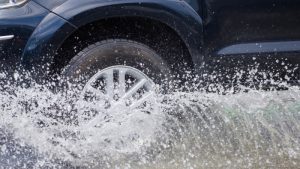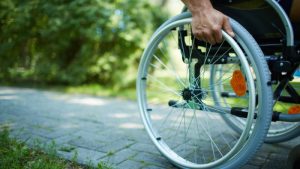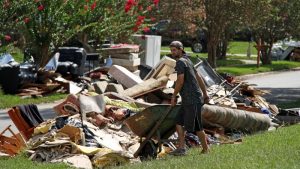Donald Trump won the presidency in the wee hours of the morning of Nov. 9 to the shock of many people, including election forecasters. The poor quality of the big data used to create their forecasts may account for why so many people did not anticipate the election results.
The U.S. Department of Transportation is partnering with the National Oceanic and Atmospheric Administration to deploy two devices that will collect weather-related transportation data.
An app designed to help drivers avoid traffic proved helpful during a recent deadly flood. Traffic data from Waze helped government officials and first responders in Louisiana during Baton Rouge’s flooding in August. Esri announced a partnership with Waze and local governments on Oct. 12 to encourage more states and cities to use roadway data for similar projects.
One in two American adults is in a law enforcement facial recognition database, which has the potential to disproportionately affect people of color, according to a report released by the Center for Privacy and Technology at the Georgetown University law school. A coalition of 52 civil liberties groups wrote a letter to the Justice Department, expressing their concern that facial recognition systems disproportionately affect communities of color.
PredPol uses data analytics on crime types, crime location, and crime date and time to tell police when and where to patrol, which is twice as accurate as maps that only plot past crimes, according to the company.
The White House Cancer Moonshot has placed a large importance on data, and there are many ways in which that data can be improved, according to cancer experts.
The White House announced the first five organizations receiving technology and training from Cloudera for continued support in working on the Precision Medicine Initiative.
Jon Froehlich at the University of Maryland is working with a team of graduate students on Project Sidewalk, an online tool through which users can view their Washington, D.C., neighborhoods with Google Street View and label areas that may be inaccessible to those with impaired mobility.
The Baton Rouge Department of Information Services on Aug. 19 created an interactive map to track damage as the Louisiana city dealt with disastrous flooding. Within hours, 10,000 people, including rescue teams, had used the map.













